This page is part of my larger Resources For Film Makers section.
I own a ton of different accessories that I use whenever required, some cheap, some expensive, some store bought and some self made. This list contains my most frequently used store bought accessories as well as a few things to keep in mind if you are considering using them for your own film projects.
Manfrotto 190XPro4
I wouldn’t take this tripod with me on travel, but for all of my shoots and filming tutorials it is ideal. I don’t have to worry about accidentally breaking it and it can hold up to 7kg which is much more than I need to support my Canon 5D Mark III and the EF 24-70mm F/2.8 lens.
Zoom H2N
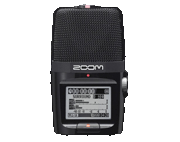
The only issues I sometimes have with the H2N is that it picks up handling sounds and ambient noise a little bit too easily. You also definitely want to get a wind shield for the recorder if you intend to take it outside.
Zoom H1
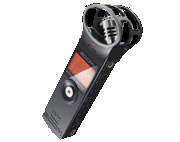
Rode SmartLav Lavalier Microphone
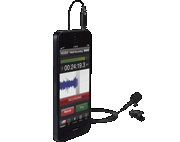
I did have to tweak the settings on the app a little bit to disable an overly aggressive noise gate, but I am much happier with the sound from the Rode SmartLav than I was with the sound from the H2N – for tutorials. The H2N does not have bad audio by any means and I still use it for all of my short films, but for talking to the camera I prefer the dry, direct sound from the lavalier microphone.
SD Cards
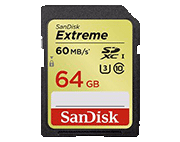
When filming with my Canon 5D Mark III at 1080p I need my SanDisk Extreme 64GB SDXC Memory Card with a write speed of 60MB/sec to be able to capture the video stream without the recording being aborted due to buffer overflow. You want to get at least a Class 10 SD card when filming with a DSLR. If you are shooting with a compact camera or at lower resolution a slower SD card will likely suffice.
Pop up green / blue screen
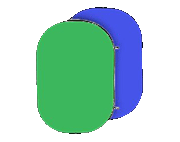
I do find that it is a little bit small at times and you will have to be careful that your subject doesn’t leave the area of the popup screen, but it makes life a lot easier than having to lug around and set up a full blown green screen backdrop every time.
Rhino Camera Slider
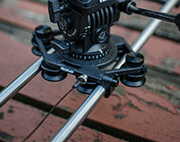
Unless you plan to mount a huge camera on the slider and have a professional set of camera tripod legs to hold it all up, I would recommend going for the carbon fiber model instead of the Pro. You will likely get much more use out of a model that is a fraction of the weight and therefore easier to take with you and set up.
LED Lights
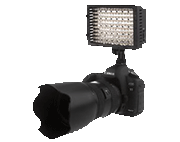
Quite frankly I don’t usually have it mounted on top of my camera as I’m not a big fan of the ‘light directly from the front’ look in my videos, but I use the LED light a lot off camera or bounce it off walls to fill in dark areas or even out the light when shooting in bright environments.
Lilliput 7” HDMI monitor
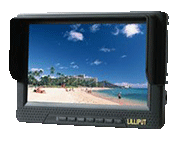
This is a fairly affordable field monitor and while the quality isn’t bad, it didn’t quite win me over mainly due to it being a bit clunky to set up. I am still in the market for a smaller, more portable field monitor and am looking for a potential wireless solution.
